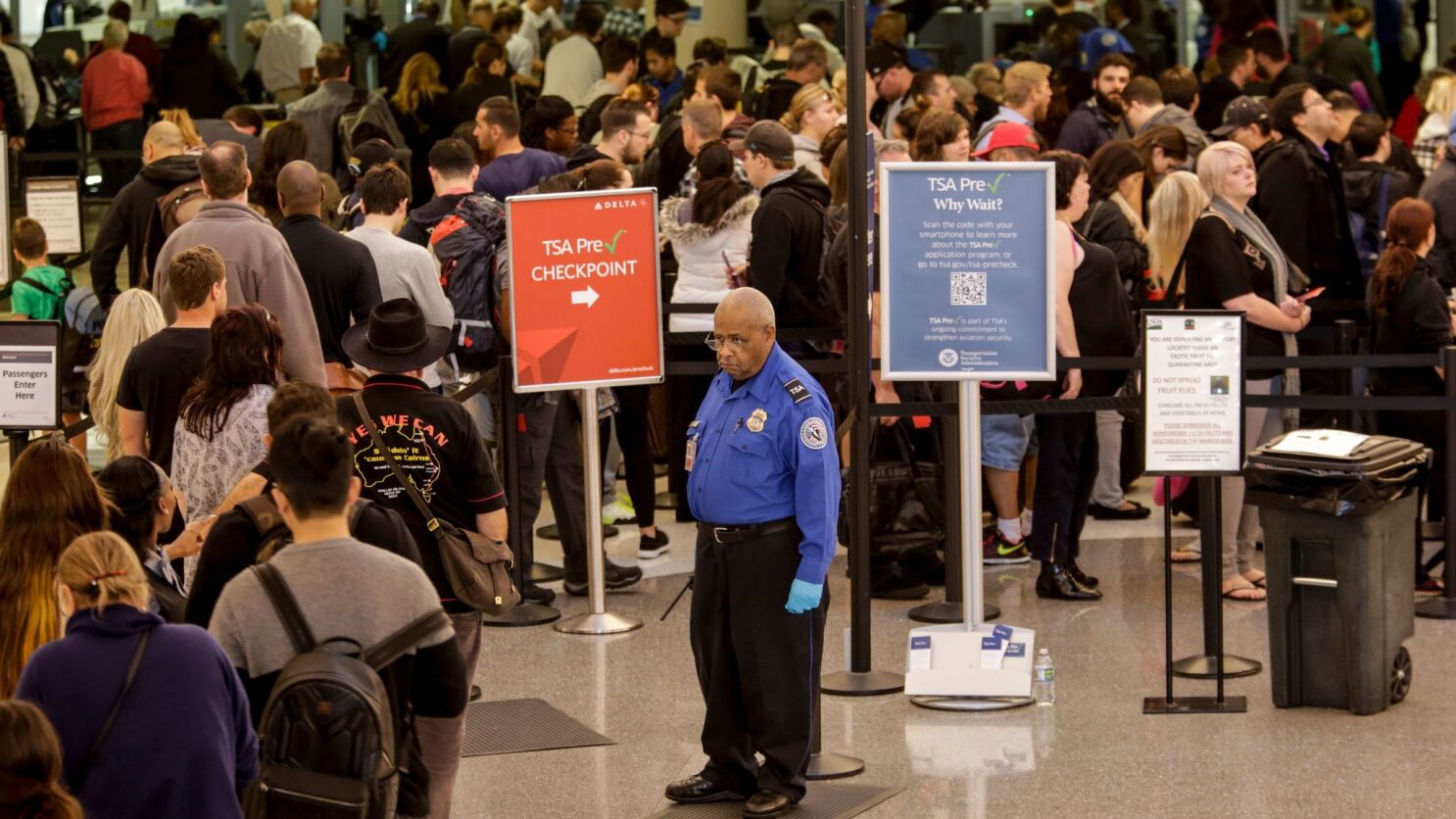What does it means for you?
Beginning in June 2004, most seniors on Medicare can purchase a temporary drug discount card for a $30 fee each year. With the card you could save 10% to 25% on most prescriptions until the temporary program ends December 31, 2005. Companies that meet Medicare’s requirements will have a “Medicare-approved” seal on their card. There is no enrollment period; you can purchase the card at any time before the program ends. The temporary card is purely voluntary; there are no penalties if you don’t purchase one. Low-income seniors (less than $12,390 a year for singles, or $16,720 for couples) can apply to have as much as $600 credited to their card each year to help pay for their prescription drugs. If approved, they also won’t have to pay the $30 annual fee for their card.
On January 1, 2006, the temporary discount cards will replaced with the permanent prescription drugs benefit under a new Part D. Most seniors will be eligible to participate and most drugs will be covered. The first open enrollment period will be November 15, 2005 to May 15, 2006. Here’s how the benefit will work each calendar year:
- Premium. Your Part D premium will be $35 per month ($420 annually). This premium is in addition to the Part B premium you now pay (for most people, it’s automatically deducted from your Social Security check each month).
- Annual Deductible. You will pay the first $250 of your prescription drugs expenses.
- Coinsurance. Medicare will pay 75% of your costs between $250 and $2,250. You will pay the other 25% out-of-pocket; that’s a maximum of $500 for coinsurance.
- Coverage Gap. After your total prescription drugs expenses reach $2,250, Medicare pays nothing until you have spent a total of $3,600 out-of-pocket. The $3,600 includes your $250 deductible and your $500 coinsurance maximum.
- Catastrophic Protection. After you’ve spent $3,600, Medicare will cover 95% of your prescription drug expenses for the remainder of the year.
Low-Income Assistance. People eligible for both Medicare and Medicaid will pay no premium, no deductible, and have no gap in coverage. They will pay a $1 copayment per prescription for generic drugs, and a $3 copayment per prescription for brand name drugs. Other subsidies will be available for low-income seniors who are not eligible for Medicaid.
There are several potentially nasty surprises you need to be aware of:
Nasty Surprise #1 … “inflation increases”
The $250 deductible, $35 monthly premium and other coverage amounts described above apply only to 2006. Those amounts will be adjusted for inflation in 2007 and later years. However, the copayment amounts for people eligible for low-income assistance will not be adjusted for inflation.
Nasty Surprise #2 … “separate enrollment”
You must enroll separately for the new Plan D prescription drug benefit if you wish to participate, even if you are already enrolled in Medicare Part A and B (the government loves paperwork!).
Nasty Surprise #3 … “freedom of choice”
Medicare’s new Part D prescription drug plan is voluntary … you don’t have to enroll. For many seniors, it might cost more than you could expect to receive in benefits, especially if you are healthy. Or, you might put off enrolling because you simply can’t afford it.
But, if you delay enrolling for more than 2 months after first becoming eligible, you will be penalized for the rest of your life! The penalty will permanently increase your premium 1% for every month you delay. For example, if you delay 10 months, you will pay 10% more than almost everyone else. If you delay 2 years, your premium will be about 25% more than other people pay.
Nasty Surprise #4 … “no supplemental insurance allowed”
When you enroll in Part D, you will not be allowed to keep a Medicare Supplement (Medigap) policy that includes a benefit for prescription drugs. As a result, if you now have a Medicare Supplement insurance policy that does include a prescription drugs benefit (Plan H, I or J), you must make a choice no later than March 4, 2006 (or 63 days after you enroll in Part D, if that is a later date):
1. Exchange your current policy for a new Plan A, B, C or F. The exchange will be done on a guarantee issue basis if you apply no later than March 4, 2006 (or 63 days after you enroll in Part D, if that is a later date).
2. Keep your current Medicare Supplement Policy even though your insurance company will remove the prescription drugs benefit (and reduce your premium appropriately) as of January 1, 2006.
Our recommendation. If you now have Plan I or J, we recommend that you keep it (choice #2) if the At-Home Recovery Benefit is important to you. Plans A, B, C and D (choice #1) do not include that benefit.
More to read: Celebrity Height Weight Chart





